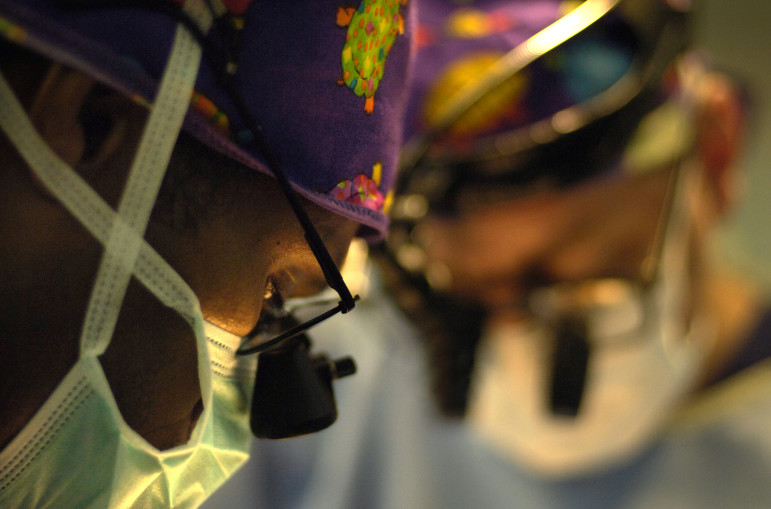
RockyRoe/AusAID
More than 14 percent of New York State’s population is African-American, yet they comprise only 4 percent of the state’s physicians, according to the Association of American Medical Colleges (AAMC). Similarly, Hispanics and Latinos make up more than 18 percent of the population in the state, but represent less than 3 percent of New York’s physician workforce.
This lack of diversity in medicine is echoed across the country, and it’s not showing enough signs of improvement. As a matter of fact, the number of black men applying to and enrolling in medical school in the U.S. is the lowest it’s been since 1978, according to the AAMC.
It’s disappointing to see that under-representation in medicine is so persistent, as these inequities persist to the detriment of patients from minority communities.
Studies have shown that diversity in medicine improves healthcare because people are more comfortable going to a physician who shares their cultural and ethnic background, as they feel that the physician better understands their needs.
So, how do we move the needle on diversity in medicine?
Some of the biggest barriers include a lack of knowledge about the opportunities for students from educationally and economically under-served communities, an absence of role models, and the need for financial assistance. What we know is that pipeline programs are successful in addressing these barriers by offering students who would not otherwise become doctors the chance to pursue their goals.
In addition to academic enrichment and financial support, the programs provide mentorship and role models for students. Such programs work— 93% of alumni from Associated Medical Schools of New York (AMSNY) pipeline programs matriculate into medical school.
These programs include the Post-Baccalaureate Program at the Jacobs School of Medicine and Biomedical Sciences at the University at Buffalo, SUNY. Founded by AMSNY 25 years ago, the program has graduated hundreds of students who have gone on to pursue careers in medicine. Since then, the pipeline initiative has expanded to include Master’s degree programs at three other schools: New York Medical College, Stony Brook University School of Medicine, and SUNY Upstate Medical University.
These programs have supported students like Georgia Davies, from Washington Heights. Georgia decided to become a physician after witnessing her mother refuse emergency medical care because their family was struggling financially and didn’t have health insurance. The UB Post-Baccalaureate program helped her on the path to that goal, giving her the tools and support to prepare her for the rigors of medical school. Now she’s part of the University of Rochester School of Medicine Class of 2016.
There are hundreds of similar students in New York, and we have a responsibility to help them get to and stay in medical school. We’re looking beyond pipeline programs to facilitate better diversity in medical school. For example, AMSNY took a busload of prospective medical students with dreams like Georgia Davies’s to the Association of American Medical Colleges Minority Students Career Fair on November 7 in Baltimore, so they could learn about admissions, discover resources available to them and build relationships with medical schools. But there is much more we all need to do.
We need more programs and opportunities to shepherd bright, dedicated students from different backgrounds into careers in medicine. One way is by expanding the highly successful pipeline programs; another is to create scholarships for underrepresented students. Without a greater effort we won’t achieve true diversity in medicine, to the detriment of too many New Yorkers.
Jo Wiederhorn is President and CEO of the Associated Medical Schools of New York, a consortium of the state’s 16 medical schools.








